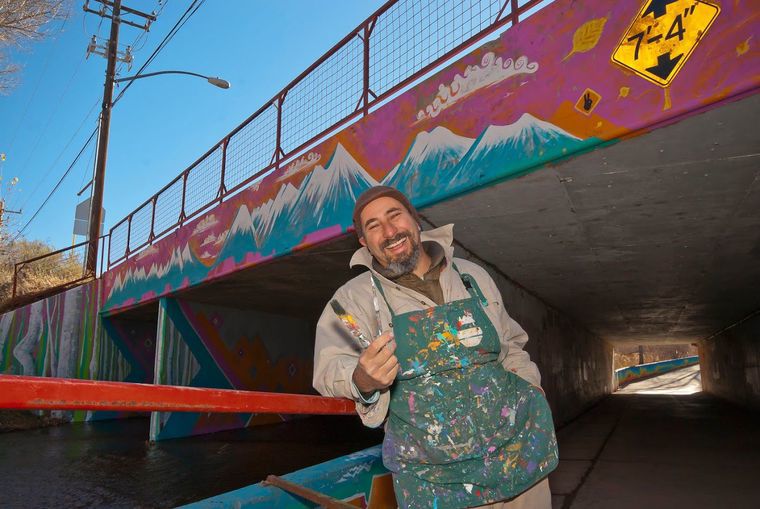Some information may be outdated.
After reading Michael Liss’ View column, I feel compelled to provide a contrasting point of view (“Arches: Congestion by Design,” March 15-21, 2018 Moab Sun News).
Like many others, I appreciate that Arches National Park is 95 percent wild. I also like the feeling that if I don’t want to go to Arches, I can head in any other direction from Moab onto other public lands and have an equally epic experience in red-rock country.
I can think of five of my favorite places in Arches National Park and one main reason that they are super awesome is that being there evokes this awesome sense of desolation. I’m usually the only one out there, but if I do run into other people, it’s no big deal because we all spent some level of research, effort and good luck to get there, so we a feel a little bit more special that we earned it.
And because my focus isn’t based on bucket-listing the “New Arch Check-Off-Box” or spending the hike obsessively looking through a camera lens to then later bury 1,000 photos in some storage file, I actually get what can be considered a deeper connection to being in Nature. A short list of this connectivity would include: having to navigate terrain, not fully knowing the way, experiencing quiet, managing danger, using my sense of smell, actually discovering stuff, watching wildlife, not engaging in idle chitchat while hiking, making art, and appreciating the beauty of a place that has a bit more subtle and less immediate kind of beauty.
If we over-describe and overbuild trails, and excessively name and excessively provide signage to the more secret places, they are just going to overflow and fill up with more of a zombie visitor mentality. Just by mentioning the names of eight lesser-known arches in the referenced article, Mr. Liss may have unintentionally increased the visitation and impacts on these sites already. Having easier access to see more obscure arches does not give you a deeper connection to nature or even necessarily give you a better time. It has the danger of speeding up visitors’ achievement agenda, reinforces their “I went to all more places than you” ego, and can keep one in a goal-oriented mode of travel that may seem not so different from a hectic work and commuter life.
It’s not like the five places I vaguely mention are that secret or hard to get to. Anybody who uses the internet can get a map and a variety of site reviews at the press of a button on their phone. It’s that easy from an information standpoint, but it does require effort and willingness to take the path less traveled. I found my mentioned sites from scouring over USGS topographic maps and more importantly, from being out on the land, looking out across the terrain and seeing something off in the distance which seemed potentially cool … and then checking it out. Somebody else had not already pre-imagined my adventure for me. Don’t make it too easy for people to get to the out-of-the-way places. Coincidentally, while waiting to use the computer to type this letter, I just happened to stumble upon a book that focuses on less-visited arches.
Sure, most visitors may be a little more ordinary and they usually just want to see the big sites, stay in their chain hotels, spend a few days here and then drive on to their next day’s destination for another round of point and shoot. Those who are really interested in having a deeper experience of Arches will take some good notes and do research. They will either extend their stay here or plan a future trip back to check out stuff in more detail, on their own or with a hired guide.
I think about if I went to a place I’ve never been, let’s say, Paris. The first few days I’d probably check out the major sites like the Louvre, Notre Dame and the Eiffel Tower. But if I had more than three days, I’d start branching off into more obscure zones of the city and then hopefully networking/couchsurfing with local artists and bohemians. This would feed my sense of authenticity and build a deeper connection to people and place. This kind of experience certainly takes more time and a bit of luck as well. I wouldn’t expect to just fall into this kind of insider scenario either.
I’m glad Arches is putting more effort into establishing a reservation system. The rangers have to deal with the crush on a detailed and complex level way more than everybody else and they do have legitimate training and strong concern about what’s happening there. The issue can seem a bit more about too many cars and not enough parking than it is about people.
Pete Apicella lives in Moab.
Appreciate the coverage? Help keep local news alive.
Chip in to support the Moab Sun News.



